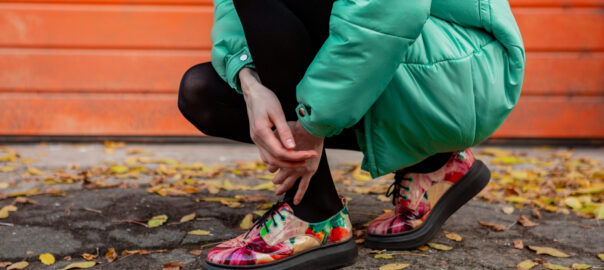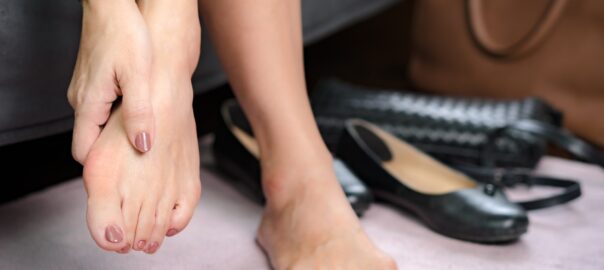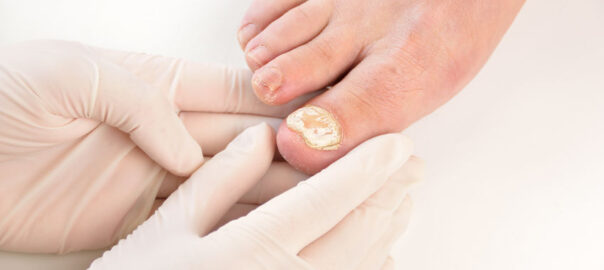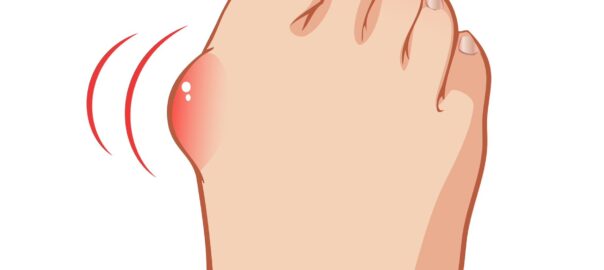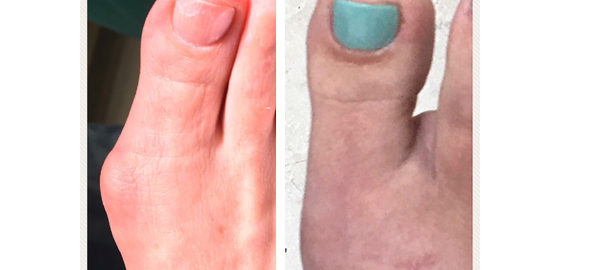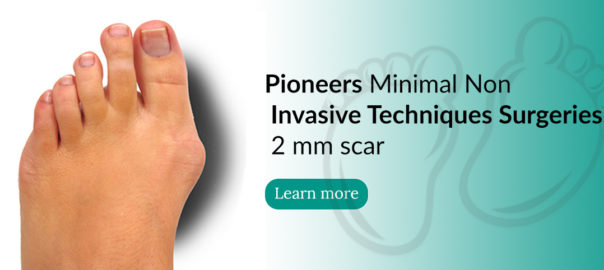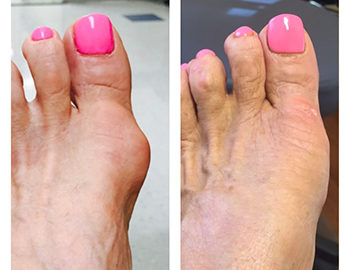Wearing Wide Shoes
Wearing wide shoes can potentially help reduce bunion pain for some individuals. Bunions are often caused by pressure and friction on the big toe joint, leading to a misalignment of the bones. Wide shoes can provide more room for the toes and help alleviate some of the pressure on the affected area.
For people with bunions, shoes with wide toe boxes, stretchy materials and strong arch support are best to reduce friction and irritation. Look for wide options to accommodate your bunion and avoid putting pressure on the toe joints.
Bunions, or hallux valgus, are a common foot problem where there’s a bony bump at the bottom of the big toe. They often develop when the big toe pushes against the other toes, causing the joint at the base of the toe to become enlarged and misaligned. Bunions can make it hard to find comfortable and supportive shoes, as they often lead to pain, discomfort, and swelling.
It’s important to consult with a healthcare professional, such as a podiatrist or orthopedic specialist, to get personalized advice based on your specific condition. They can provide recommendations tailored to your situation and may suggest additional measures or treatments to manage bunion pain effectively.
Tips for Shopping for Bunion-Friendly Shoes
Shopping for bunion-friendly shoes requires a thoughtful approach to ensure optimal comfort and support. Here are some valuable tips to guide you through the process.
Trying on Shoes In-Store
When shopping for shoes in-store, take advantage of the opportunity to assess the fit and feel before making a purchase.
- Bring Your Socks: Wear the socks you want to wear with the shoes in the future to ensure an accurate fit. Different sock thicknesses can impact how shoes feel on your feet.
- Measure Both Feet: Have both of your feet measured, as they can vary in size. Choose the size that works with the larger foot for a more comfortable fit.
- Walk Around the Store: Take a stroll around the store to assess how the shoes feel during movement. Pay attention to any pressure points or discomfort, especially around the bunion area.
Call and schedule an appointment with our Chicago podiatrists at 773-769-3310. Our podiatrists can provide a proper diagnosis based on your symptoms, medical history, and potentially recommend imaging studies or other diagnostic tests to identify the underlying cause and determine the appropriate treatment.


